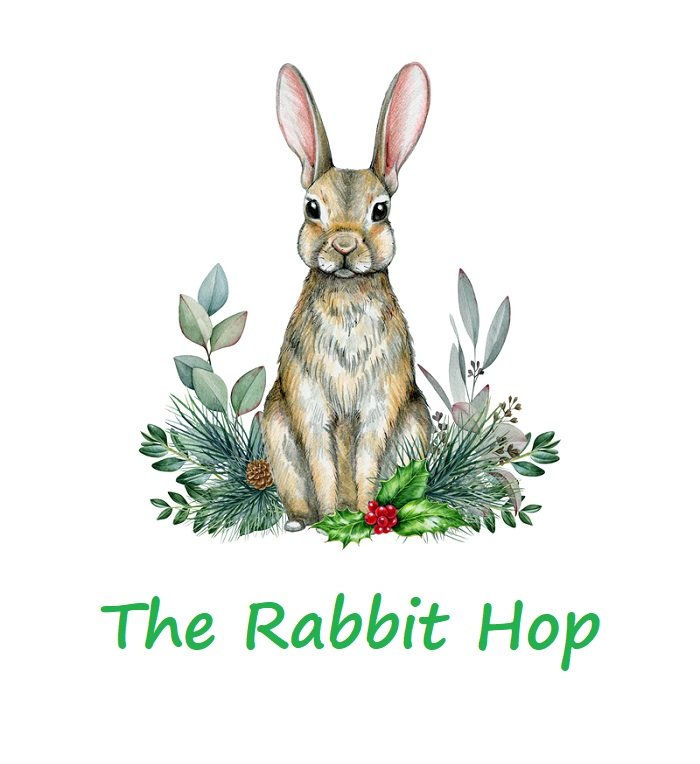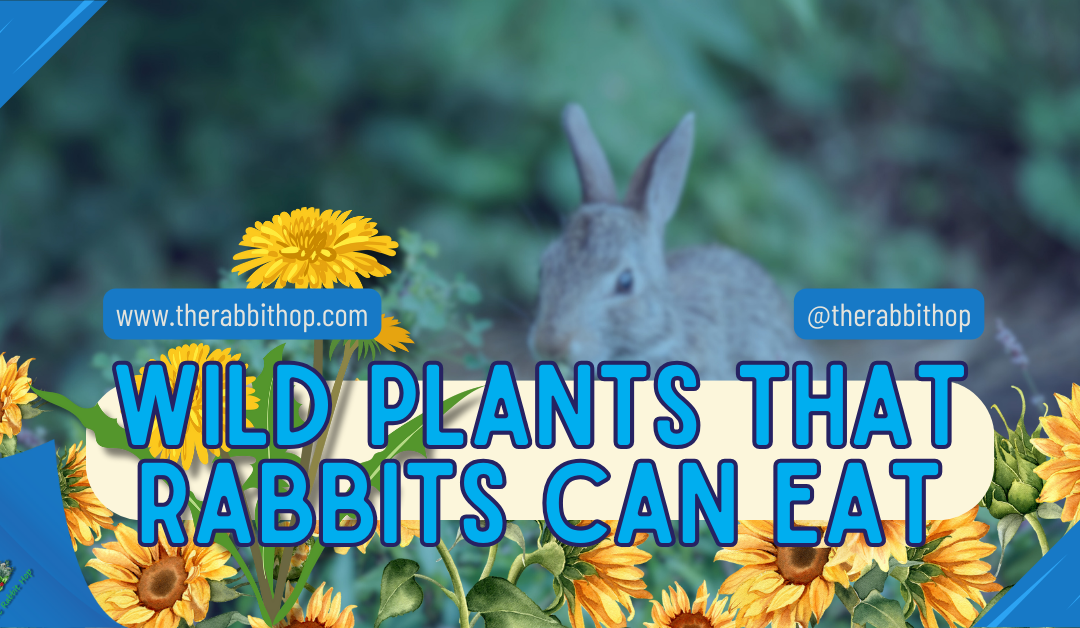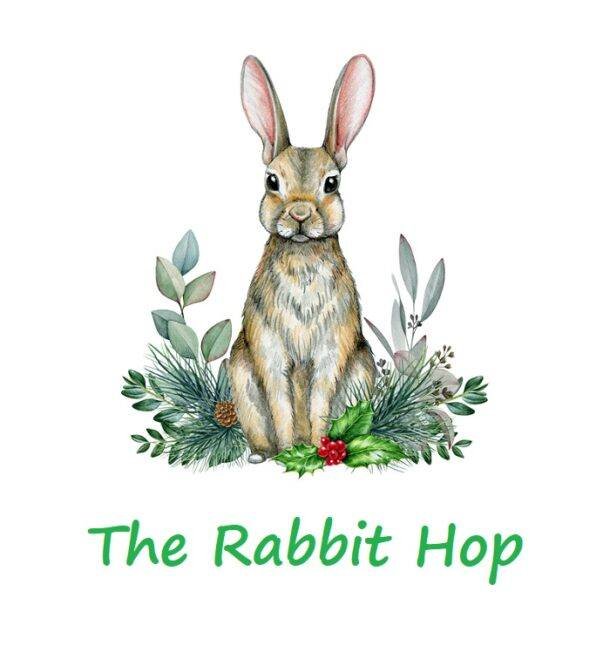Wild plants that rabbits can eat offer a window into the natural world of these adorable foragers. Whether you’re a rabbit owner looking to diversify your furry friend’s diet or a nature enthusiast curious about what these creatures munch on, you’re in the right place.
Join us as we explore the fascinating world of safe-foraging for rabbits and uncover the diverse array of plants that contribute to their health and vitality.
Wild Plants That Rabbits Can Eat: A Guide to Safe Foraging
Rabbits, both domestic and wild, have a complex diet consisting largely of various plants.
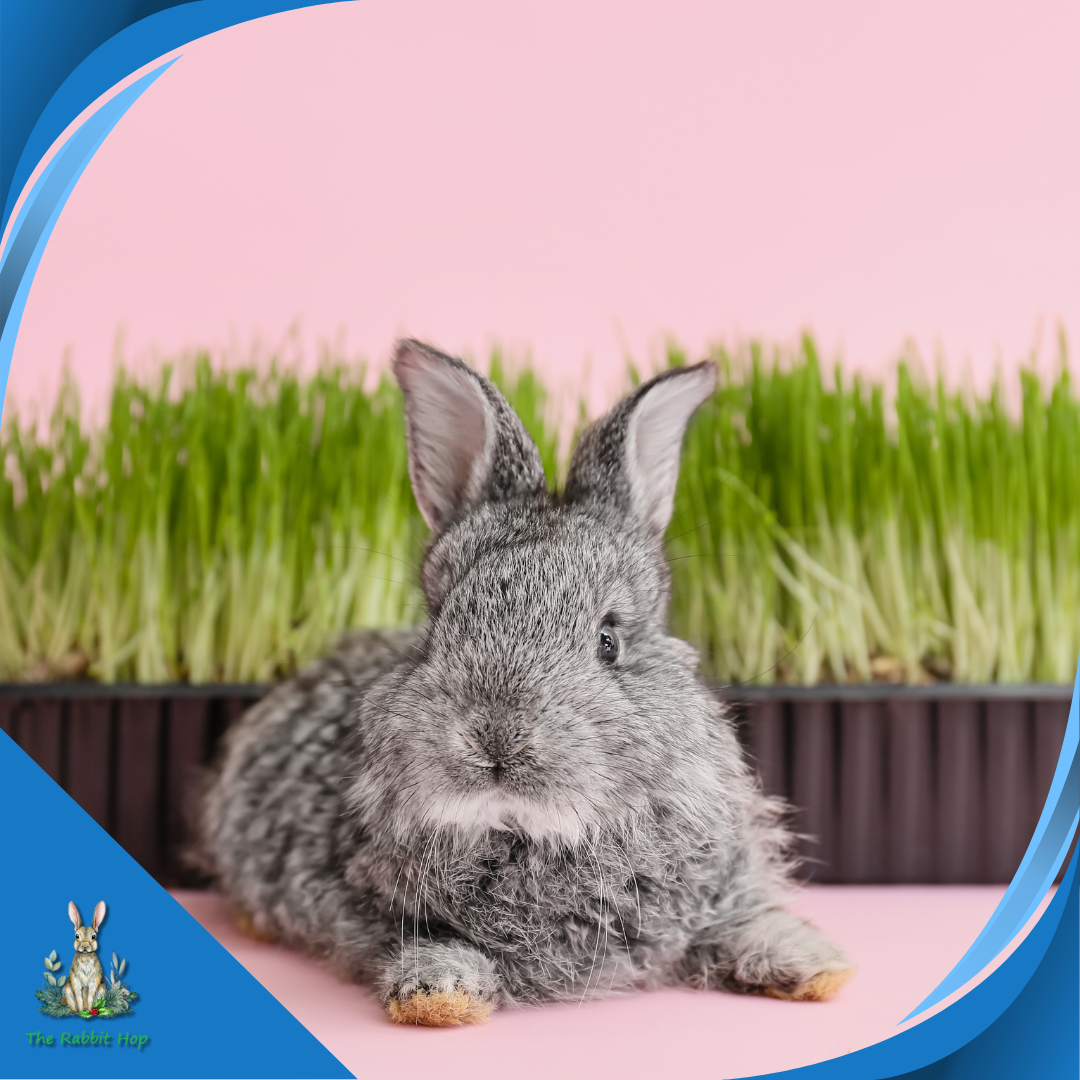
In the wild, these furry foragers have adapted to a wide repertoire of safe-to-eat flora that not only satisfies their hunger but also provides essential nutrients.
Understanding which plants are safe for rabbits is crucial for pet owners who might wish to supplement their diets with fresh varieties. It is also important for gardeners aiming to coexist with local wildlife.

For wild and domestic rabbits alike, the natural diet includes grasses, leaves, and some flowers, which they need to maintain proper digestion and health.
Identifying which plants are safe, and which are harmful, is imperative to ensure the wellbeing of these animals.
While some common plants are beneficial to a rabbit’s health, others can be toxic, and knowing the difference could be lifesaving.
Key Takeaways
- Rabbits eat a variety of grasses, leaves, and flowers that provide necessary nutrients and aid in digestion.
- Differentiating between safe and toxic plants is essential for the health and safety of rabbits.
- Seasonal changes can affect the availability of certain wild plants, which can influence a rabbit’s diet.
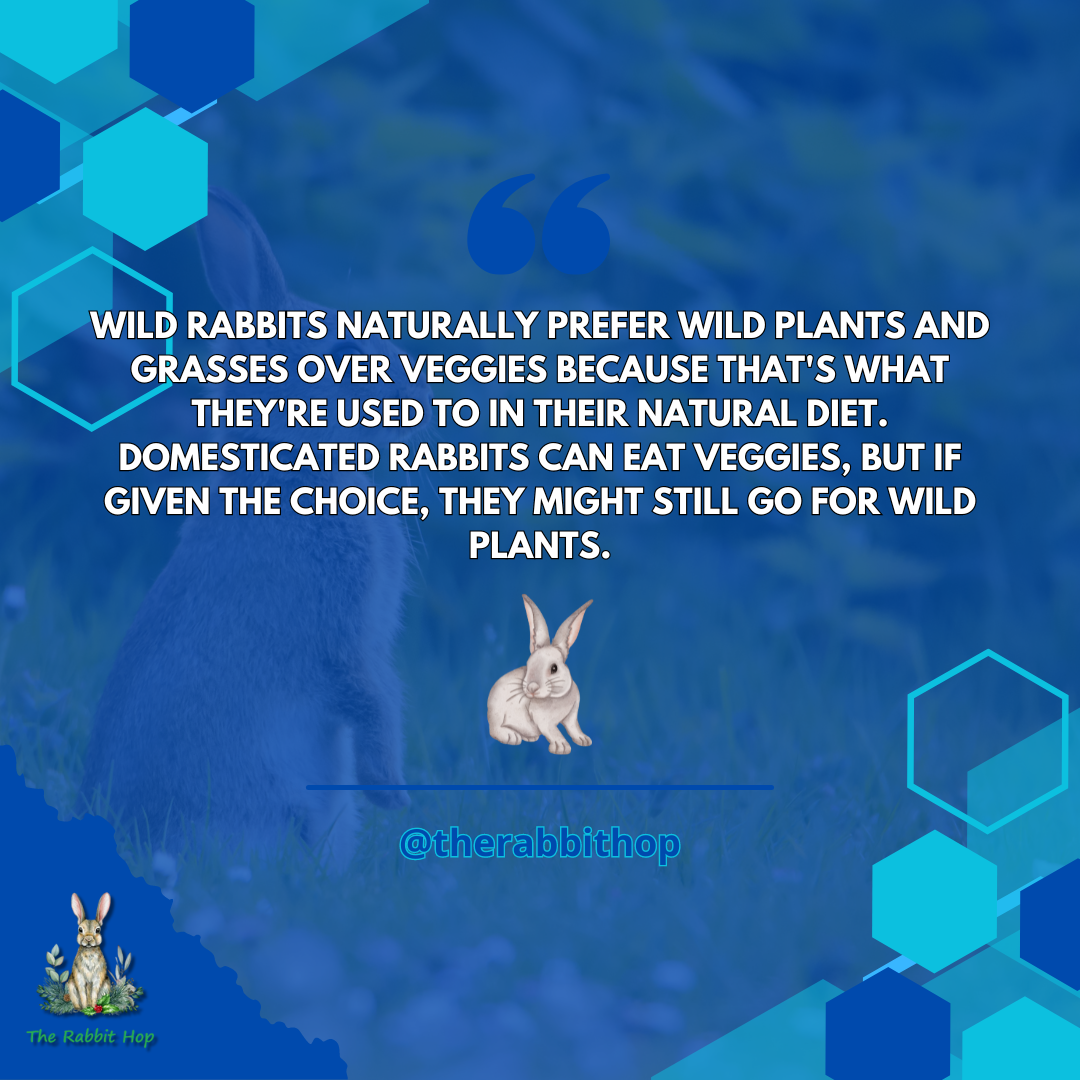
Nutritional Needs of Rabbits

Wild rabbits have a diet that mainly consists of a variety of plant materials to fulfill their nutritional requirements and maintain good health.
The essential components of a rabbit’s diet include:
- Fibers: A critical component for digestive health, provided largely by grasses and hay.
- Proteins: Necessary for growth and repair, found in moderate amounts in various plants.
- Fats: Needed in small quantities; wild plants offer sufficient fats for rabbits.
- Vitamins: Particularly Vitamin A, found in leafy greens, and Vitamin D, synthesized from sunlight.
Here is a concise overview of their dietary elements:
| Nutrient | Importance | Common Sources |
|---|---|---|
| Fiber | Digestive system health, gut motility | Grasses, hay |
| Protein | Growth, cell repair | Clover, other legumes |
| Fat | Energy, absorption of vitamins | Natural plant oils in the diet |
| Vitamins | Several bodily functions | Carrots (Vitamin A), Sunlight (Vitamin D) |
Wild rabbits may also consume fruits and some vegetable plants for variety and additional nutrients, but such items are typically high in sugar and should be limited.
They adapt their diet seasonally: in spring and summer, they rely on a variety of fresh greens, while in the winter, when these are less available, they may eat bark, twigs, or any available greenery.
It is vital that any food given to wild rabbits maintains this balance and does not upset their delicate digestive systems.
Common Safe Wild Plants

In their natural habitat, rabbits have evolved to eat a variety of plant life. Rabbits can safely consume certain grasses, weeds, herbs, and vegetables found in the wild. These plants provide essential nutrients and play a vital role in their diet.
Grasses
- Wheatgrass: A nutritious grass that is a staple in many rabbit diets.
- Meadow Grass: Found in fields and open areas, it’s commonly eaten by rabbits for its fiber content.
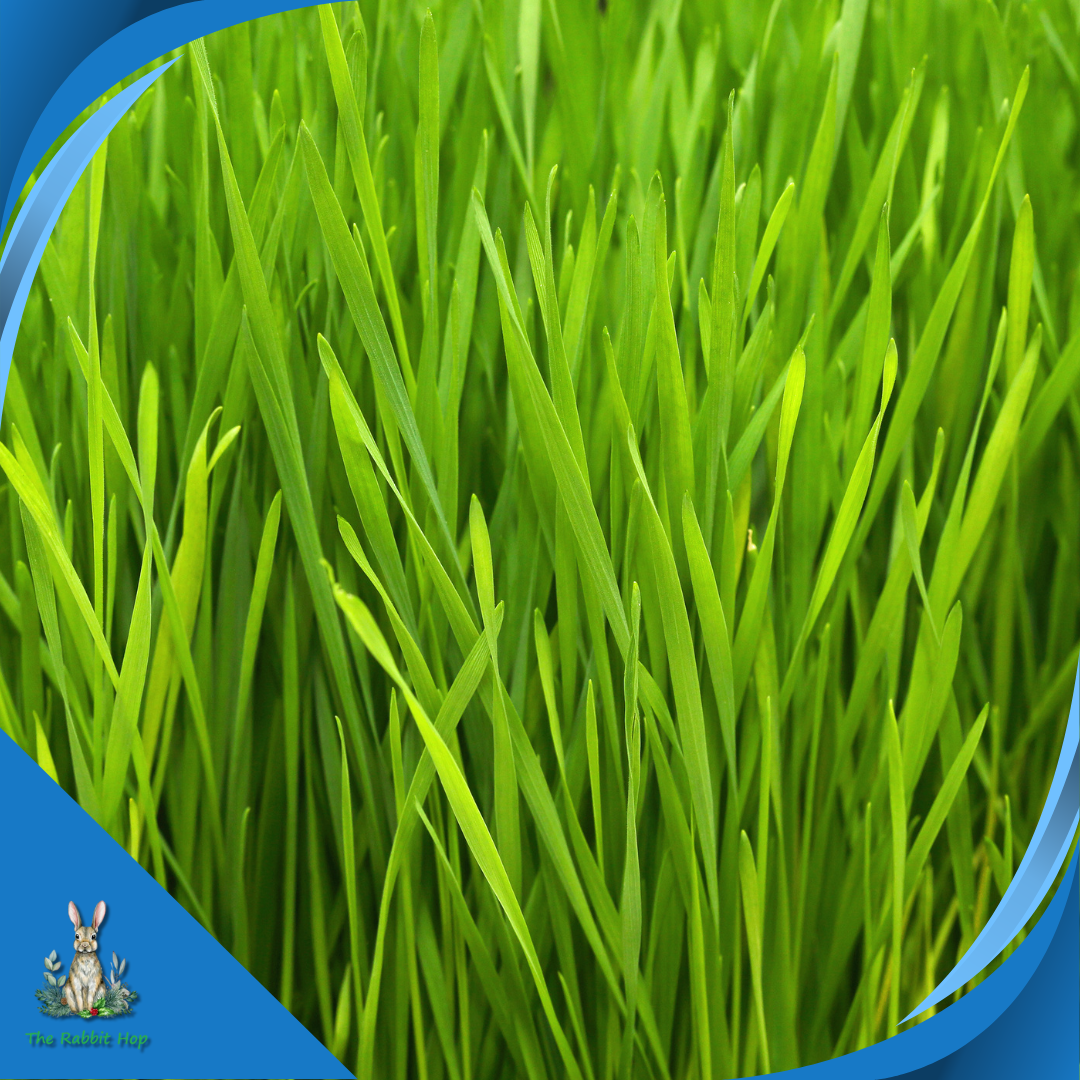
Weeds
- Dandelion: These ubiquitous weeds are a favorite, providing vitamins A, C, K, and E.
- Clover: An excellent source of nutrients, clover is a preferred weed for rabbits to munch on.
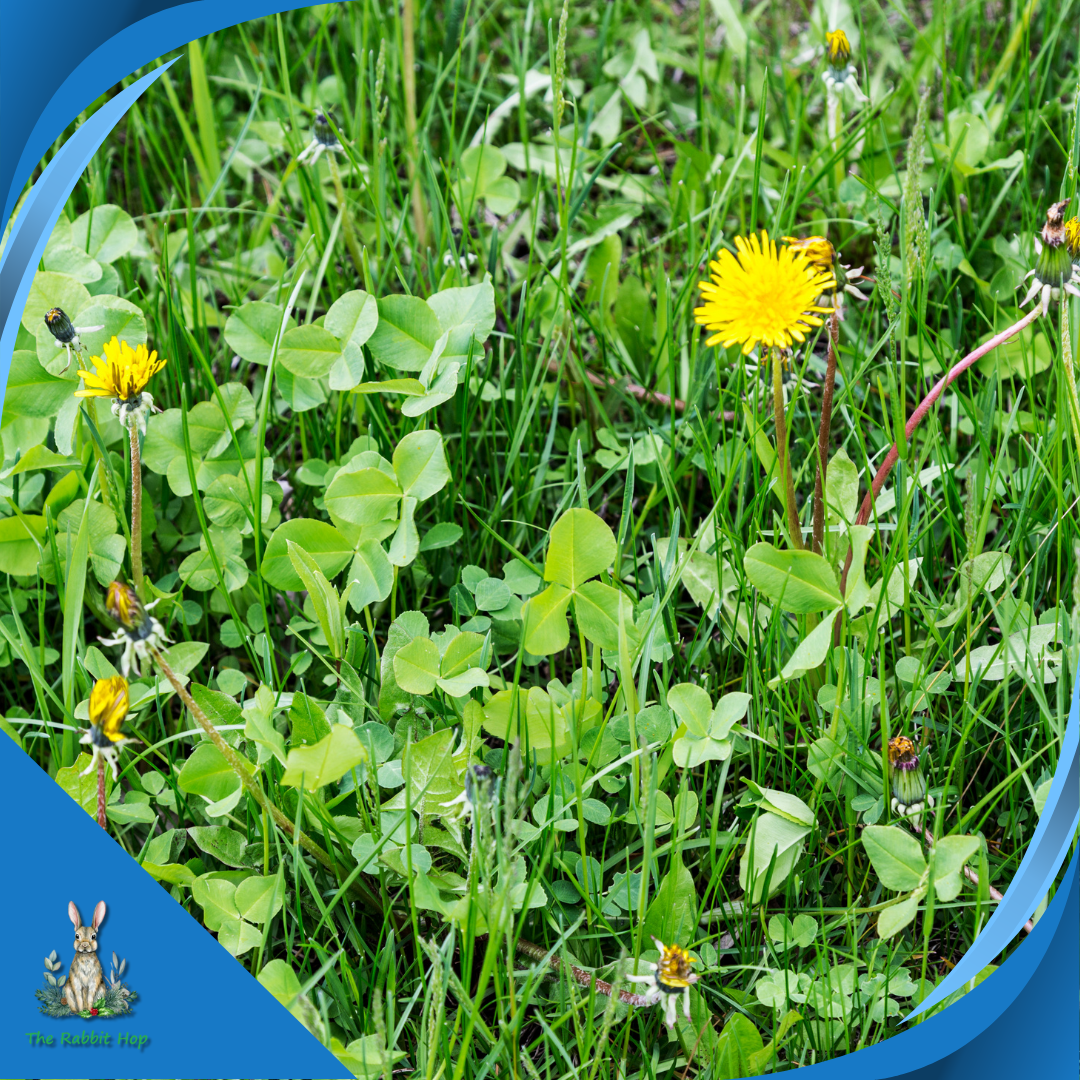
Herbs
- Basil: Recognized by its strong aroma, basil is safe for rabbits and provides a flavor variation.
- Mint: Not only safe, but mint also helps in digestion for rabbits.
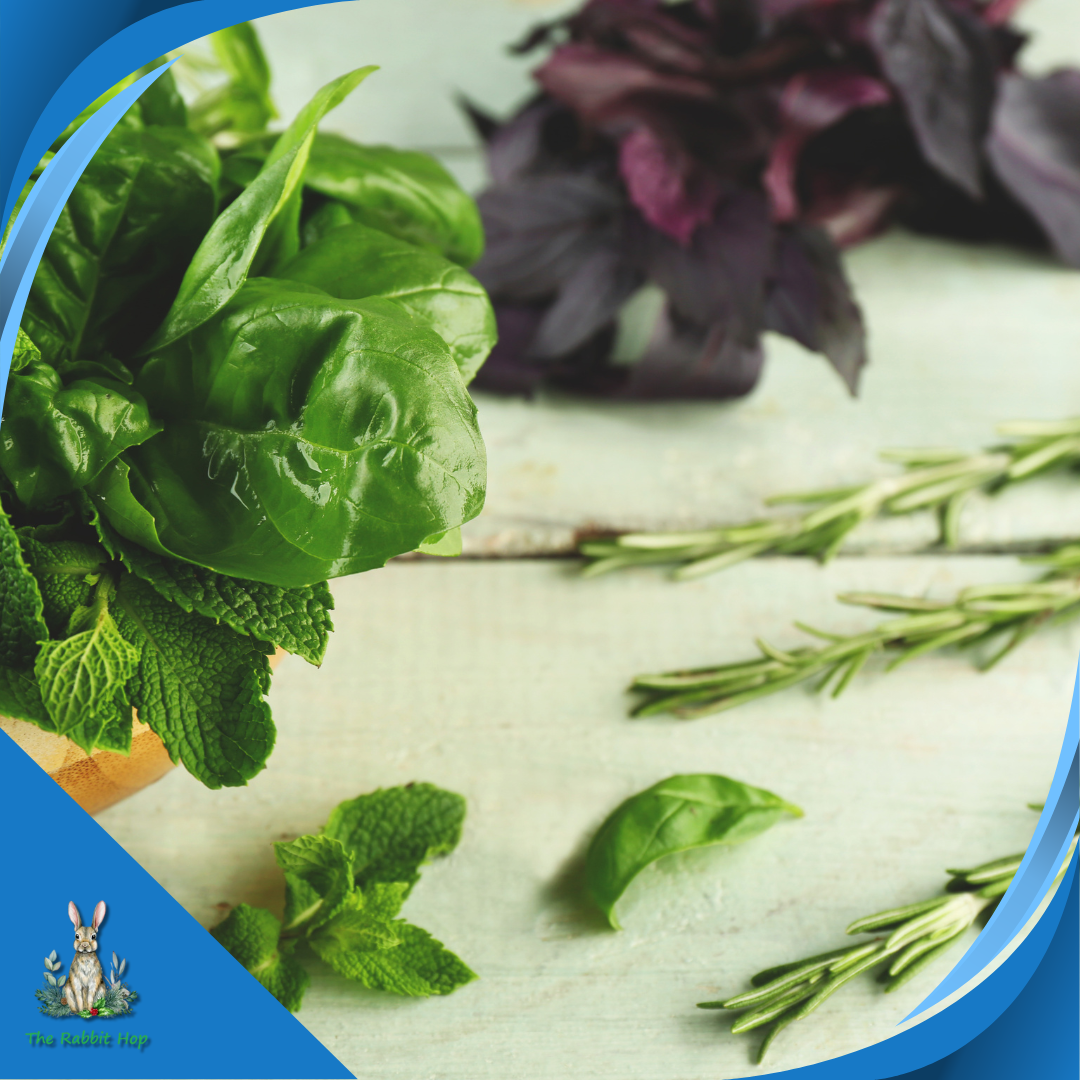
Vegetables
- Carrots: While often associated with rabbits, carrots should be given in moderation due to their sugar content (Rabbit Care Expert).
- Spinach: Spinach is packed with nutrients but should be offered sparingly to avoid too much oxalic acid.
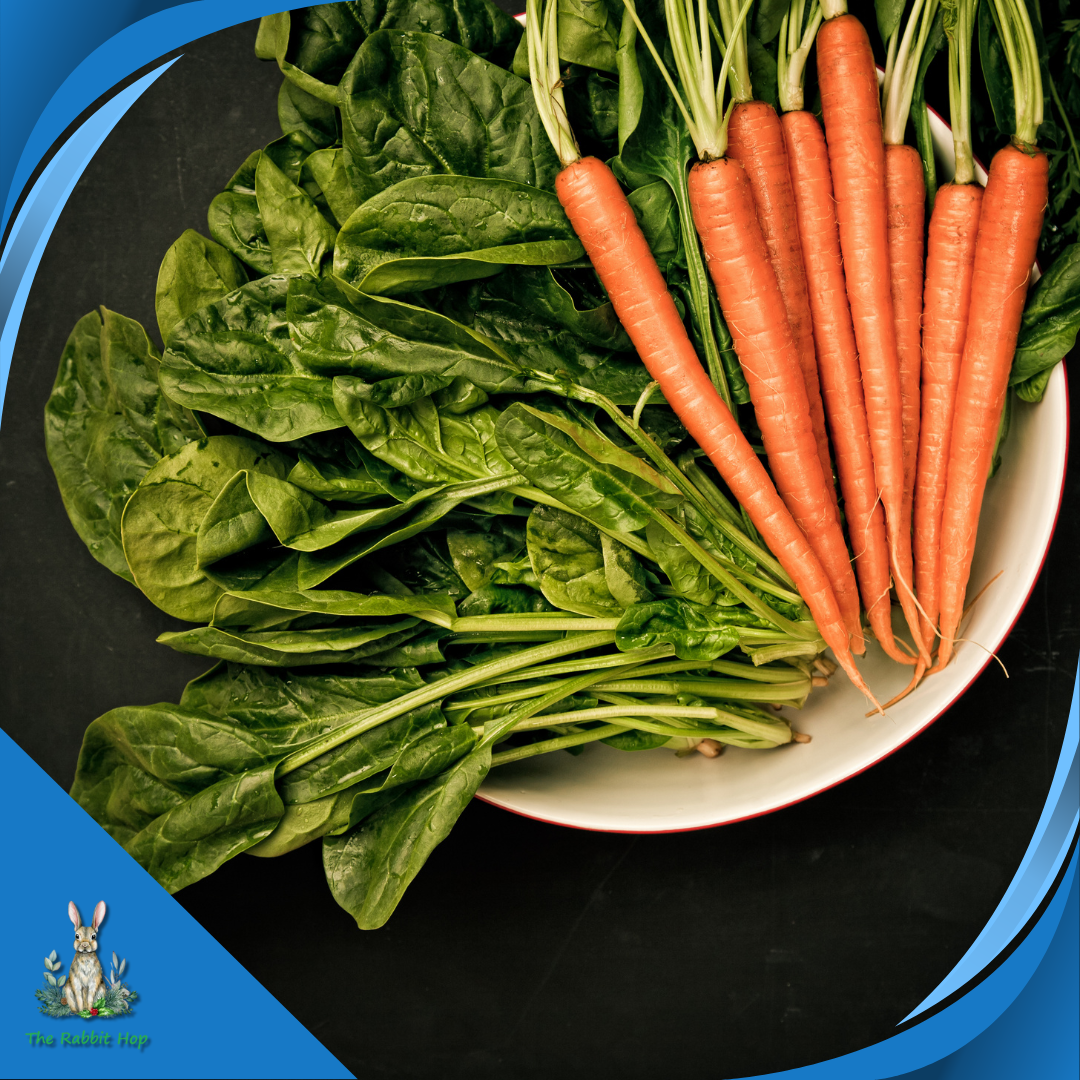
Benefits of Wild Plants in a Rabbit’s Diet
Incorporating wild plants into a rabbit’s diet is not only natural but also highly beneficial.
Diversity in diet is key. They provide a breadth of vitamins and minerals that support the overall well-being of rabbits.
For example, grasses such as wheatgrass and meadow grass are found to be a staple in their diet, offering essential fiber for digestive health.
- Fiber: Critical for a healthy digestive system.
- Nutrients: Includes vitamins A, D, and E, minerals such as zinc and iron.
These animals thrive on a variety of plants, each offering unique nutritional benefits.
Clovers, weeds like dandelions, and tree seedlings are all natural choices that wild rabbits eat.
Clovers, in particular, are consumed whole, utilizing the stems, leaves, and flowers, thus providing a holistic nutrient intake.
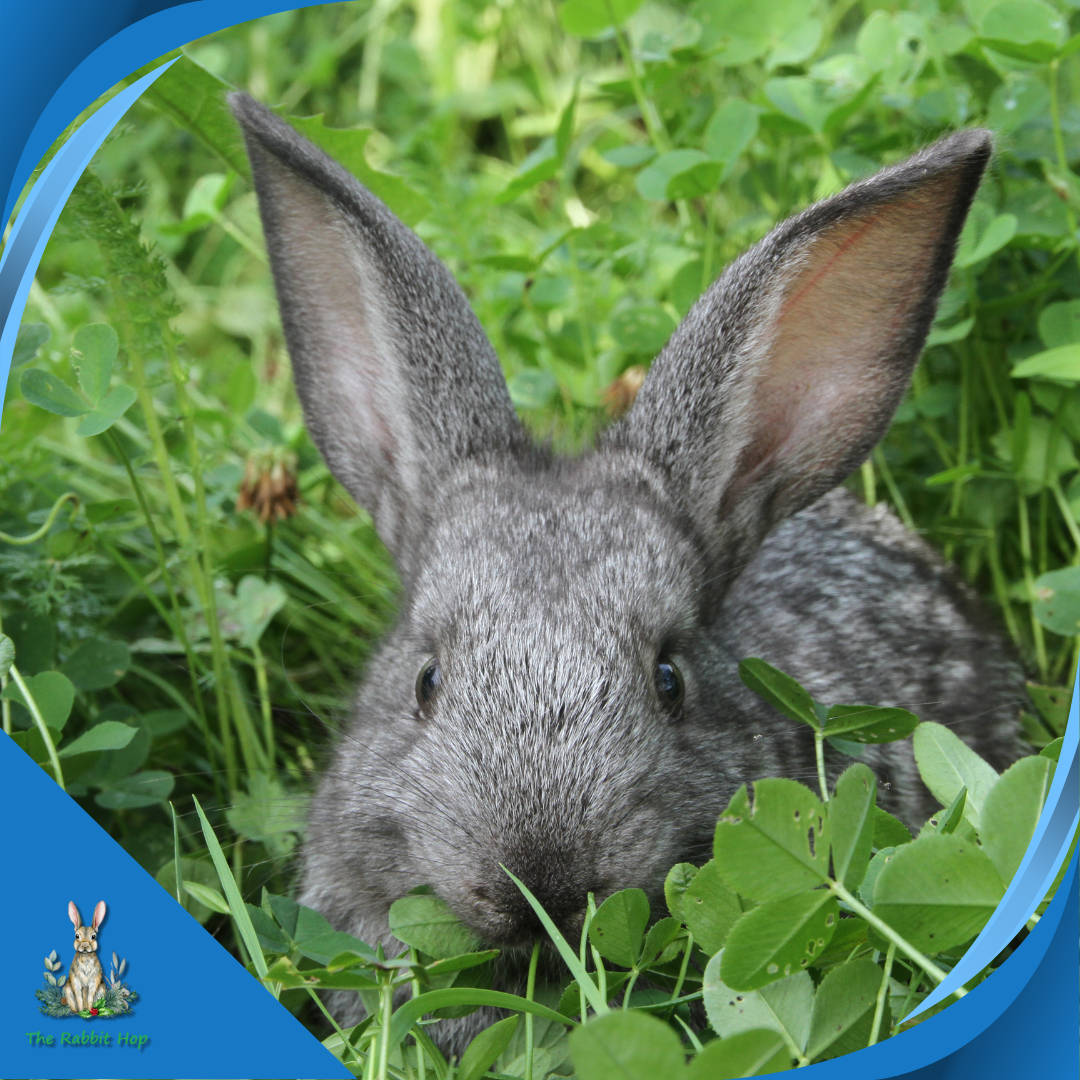
By consuming the entirety of plants such as clover and dandelions, rabbits gain access to a range of nutrients in their natural proportions.
Compared to commercially available rabbit food, wild plants can be more nutrient-dense and less processed.
The resilience of wild rabbits is partly attributable to their ability to find nutrition in harsh conditions.
In winter, when fresh greenery is scarce, they shift to eating tree bark and twigs, demonstrating their adaptability and the robust, natural design of their diet.
Wild plants also introduce a variety of textures and tastes to the rabbit’s diet, which can encourage natural foraging behavior and provide mental stimulation.
In turn, this contributes to a higher quality of life and promotes natural behaviors in these animals.
Identifying and Harvesting Wild Plants

When foraging for wild plants that rabbits can eat, one should identify them accurately to ensure they are safe. Key features like leaf shape, stem texture, and flower color aid in identification.
For instance, dandelions have long, deeply toothed leaves and bright yellow flowers. They are a favorite among rabbits and can be found in many grassy areas.
Harvesting:
- Dandelions (Taraxacum officinale): Recognizable by their yellow flower heads and puffball seed heads. Safe for both the leaves and flowers.
- Grasses: Look for untreated grasses such as wheatgrass or timothy. Avoid lawns that may be treated with chemicals.
| Plant | Features | Part Edible |
|---|---|---|
| Dandelion | Deeply toothed leaves, yellow flowers | Leaves & Flowers |
| Grasses | Long, narrow leaves, may include seed heads | Whole plant |
| Sunflowers | Large, coarse leaves, yellow flowers | Flower, Leaves |
Before harvesting, check the area isn’t treated with pesticides or herbicides and avoid plants near roadsides due to pollution.
Always wash the plants thoroughly to remove potential contaminants.
Tools for Harvesting:
- Gloves: To protect hands from thorns and irritants.
- Scissors: To cut plants without damaging them.
- Basket or Bag: A breathable container to hold gathered plants.
One should harvest in moderation, leaving enough for the plant to regenerate and for wildlife to feed on. It is crucial to respect nature’s balance when foraging for wild rabbits’ diet.
Toxic Plants to Avoid

When caring for rabbits, it’s crucial to recognize that certain plants are hazardous to their health. Many common garden plants and wild flora might be harmful, even lethal, if ingested by these small mammals. It is the caregiver’s responsibility to ensure that these plants are out of reach.
Some particularly toxic plants that rabbits should avoid include:
- Oleander: Every part of this plant is poisonous to rabbits, causing severe digestive upset, heart problems, and potentially death.
- Lilies: Including Asiatic, Easter, and Tiger lilies, can cause kidney failure.
- Foxglove: Contains digitalis, which can affect the heart.
- Rhododendron: Even a small amount can result in vomiting, diarrhea, and potentially coma.
Here is a quick reference list of other common plants to avoid:
| Common Name | Scientific Name |
|---|---|
| Yew | Taxus spp. |
| Potato | Solanum tuberosum |
| Tomato plant | Solanum lycopersicum |
| Rhubarb | Rheum rhaponticum |
| Onion | Allium cepa |
| Poppy | Papaver spp. |
Rabbits generally have good instincts about what to avoid, but domesticated rabbits may not always recognize toxic plants. Therefore, caregivers should remain vigilant about their environment. For more detailed information about which plants can pose dangers to rabbits, please refer to “20 Plants that are Poisonous to Rabbits” at The Bunny Lady.
Preparing Wild Plants for Rabbits
Feeding wild plants to rabbits is a natural way to supplement their diet. However, proper preparation is essential to ensure their safety and health. Below are steps one should take when preparing wild plants for rabbits:
- Identification
- Confirm that the plant is non-toxic to rabbits using reliable sources, such as The Bunny Lady or FirstVet.
- Harvesting
- Collect plants from areas free of pesticides and contaminants.
- Pick young, tender leaves and stems, as they are more palatable and digestible for rabbits.
- Cleaning
- Rinse plants thoroughly under running water to remove dirt and potential pesticides.
- Introducing New Plants
- Introduce new plants to a rabbit’s diet gradually. Start with small amounts to avoid digestive issues.
- Monitoring
- Observe the rabbit after introducing new wild plants. Discontinue feeding if any signs of distress or illness appear.
Example of Safe Wild Plants:
- Grasses: Timothy, orchard, meadow grass
- Herbs: Clover, dandelion leaves
- Vegetables: Leafy greens, such as romaine
Remember that a rabbit’s diet should consist primarily of hay, with wild plants providing variety and additional nutrients. Always consult with a veterinarian if unsure about the safety of wild plants for your pet rabbit.
Wild Plant Supplements and Treats
When incorporating wild plants into a rabbit’s diet, it’s essential to select options that offer nutritional benefits and are safe for consumption. Many wild plants can serve as excellent supplements and treats for rabbits, helping to vary their diet and mimic their natural foraging behavior.
Safe Wild Plants:
- Grasses: Rabbits benefit from a variety of grasses, such as wheatgrass, meadow grass, and timothy, which are high in fiber and aid in digestion.
- Herbs: Dandelion leaves and flowers, plantain, and clover are nutrient-rich and can be given in moderation as treats.
- Leafy Greens: Different types of lettuce (excluding iceberg, which lacks nutritional value) and kale offer hydration and vitamins.
Feeding Recommendations:
Introduce new plants gradually to avoid digestive upset. Ensure plants have not been treated with pesticides or chemicals.
| Plant Type | Benefit | Consideration |
|---|---|---|
| Grasses | High fiber, aids in digestion | Feed freely, ensure it’s pesticide-free |
| Herbs | Provides vitamins and minerals | Introduce gradually, give as treats |
| Leafy Greens | Hydration and vitamins | Moderate amounts, check for pesticides |
For a detailed look into wild plants suitable for rabbits, visit Feeding Wild Rabbits, the Do’s and Don’ts – The Bunny Lady. Additionally, identify plants that rabbits love to eat and curate these from your garden by checking out Garden Plants That Rabbits Love to Eat – The Spruce. Remember that while rabbits may have a sweet tooth, high sugar content foods like carrots should be offered sparingly Plants Rabbits Can Eat (Wild & Domestic Plant Types).
Seasonal Variations in Wild Plant Diet

Wild rabbits adapt their diet according to the seasonal availability of plants. In the spring and summer, they feed primarily on a variety of fresh greens such as clover, grasses, and young, leafy shoots. Plants during this period are abundant, offering high moisture content and a rich source of nutrients.
- Spring/Summer:
- Clover
- Grasses
- Leafy shoots
As autumn approaches, the diet shifts towards more fibrous plant material, like tree bark and twigs, as well as fallen leaves and the remaining green vegetation. This change reflects the reduced availability of succulent greens.
- Autumn:
- Bark
- Twigs
- Fallen leaves
The winter months pose the greatest challenge, with snow cover and barren landscapes. Wild rabbits will survive on bark, twigs, and whatever greenery they can unearth from under the snow. In periods of scarcity, their survival relies on these less nutritious, tougher plant parts.
- Winter:
- Bark
- Twigs
Monitoring Rabbit Health with Wild Diet Changes

When wild rabbits transition to a new diet, vigilant monitoring is essential to ensure their health remains optimal. Owners and wildlife rehabilitators should be aware of several key indicators of well-being in rabbits.
Dietary Transition:
- Gradual Introduction: Start with small amounts of new wild plants and gradually increase the portion size.
- Variety: Incorporate a mix of grasses, like timothy and fescue, ensuring a balance of nutrients.
Health Indicators:
- Weight: Maintain regular weigh-ins to track any significant loss or gain.
- Fur Quality: Shiny and full fur indicates good nutrition, while dull or patchy fur suggests deficiencies.
- Stool: Consistency and shape of droppings are critical indicators of digestive health. They should be round, dry, and plentiful.
Behavioral Signs:
- Activity Level: Rabbits should be alert and active, not lethargic.
- Appetite: A healthy rabbit will have a steady appetite for their wild diet.
Preventive Measures:
- Regular Check-ups: Veterinary visits can catch early signs of dietary issues.
- Safe Plant Identification: Ensure all wild plants are safe and non-toxic for rabbits.
Wild Plants That Rabbits Can Eat: In Closing
So, we’ve taken a deep dive into what wild plants rabbits can eat and why it’s crucial to know which ones are safe and which are toxic. We’ve talked about their nutritional needs, highlighted common wild plants like wheatgrass, dandelions, and clover, and shared tips on foraging and preparing these plants safely. We also touched on how their diet changes with the seasons and the importance of keeping an eye on their health.
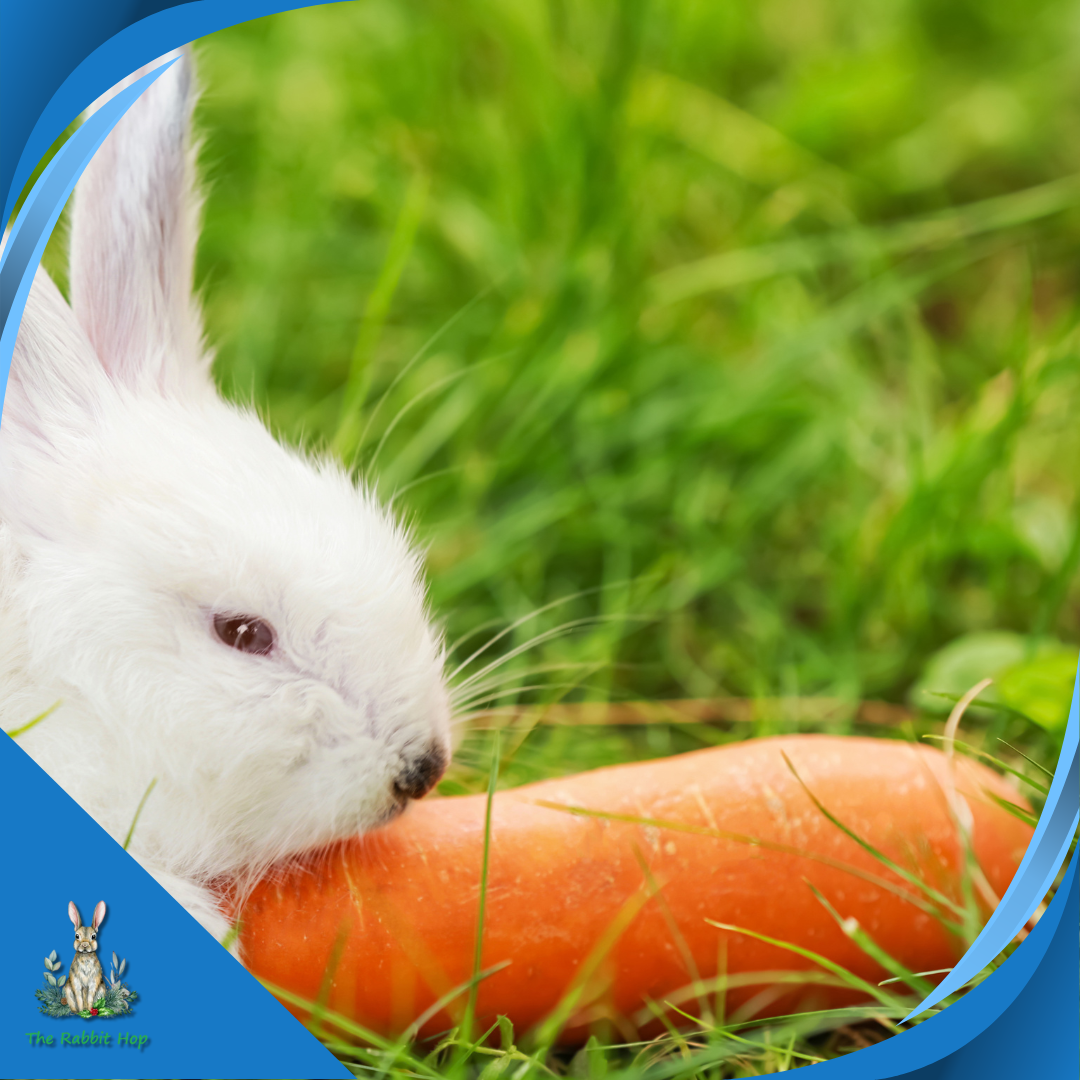
Have you tried feeding your rabbits any of these wild plants? I’d love to hear about your experiences and any tips you might have! Share your stories in the comments below. And don’t forget to subscribe for more great tips on keeping your furry friends happy and healthy!
Frequently Asked Questions

This section covers common inquiries regarding wild plants that are safe for rabbits to eat. It’s intended to provide specific information for those caring for or observing wild rabbits.
What are some common weeds safe for rabbits to consume?
Many common weeds are nutritious and safe for rabbits. They include dandelion greens, plantain, and chickweed, which are often easily found in various environments.
Which perennial plants are safe for rabbit consumption?
Perennial plants like clover, yarrow, and hibiscus are safe for rabbits to eat and are commonly found in many regions, providing a source of food year after year.
What varieties of wild grasses are edible for rabbits?
Rabbits can safely eat varieties of wild grasses such as wheatgrass, meadow grass, timothy, and Bermuda. These grasses form an important part of a wild rabbit’s diet.
What types of plants typically deter rabbits from gardens?
Certain plants like tulips and bee balm tend to deter rabbits. Homeowners might use these plants to protect their gardens from being eaten by wild rabbits.
Can rabbits safely eat spider plants and similar houseplants?
Although spider plants are not harmful to rabbits, they aren’t typically part of a wild rabbit’s diet. Consumption should be limited as domestic environments differ from a rabbit’s natural habitat.
What wild greens are included in a rabbit's natural diet?
Wild rabbits’ diets often include greens like basil and beet greens.
These provide essential nutrients and fiber which are vital for their health.
Hop into Our Rabbit-Loving Community!
Explore exclusive content, insightful product reviews, and connect with fellow rabbit enthusiasts across our vibrant social media platforms:
Join us and become a valued member of our compassionate community devoted to the happiness and health of our beloved furry companions!
For more exciting content and updates, visit TheRabbitHop.com.
